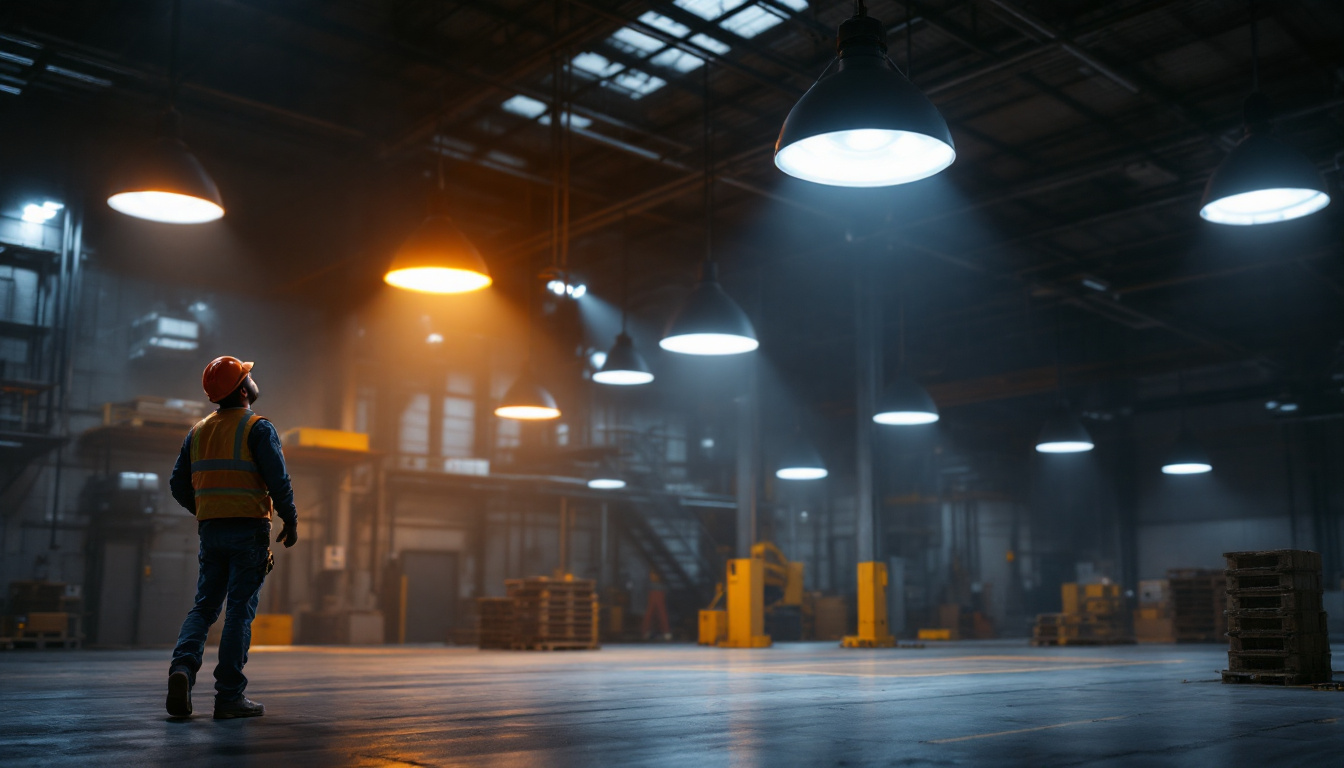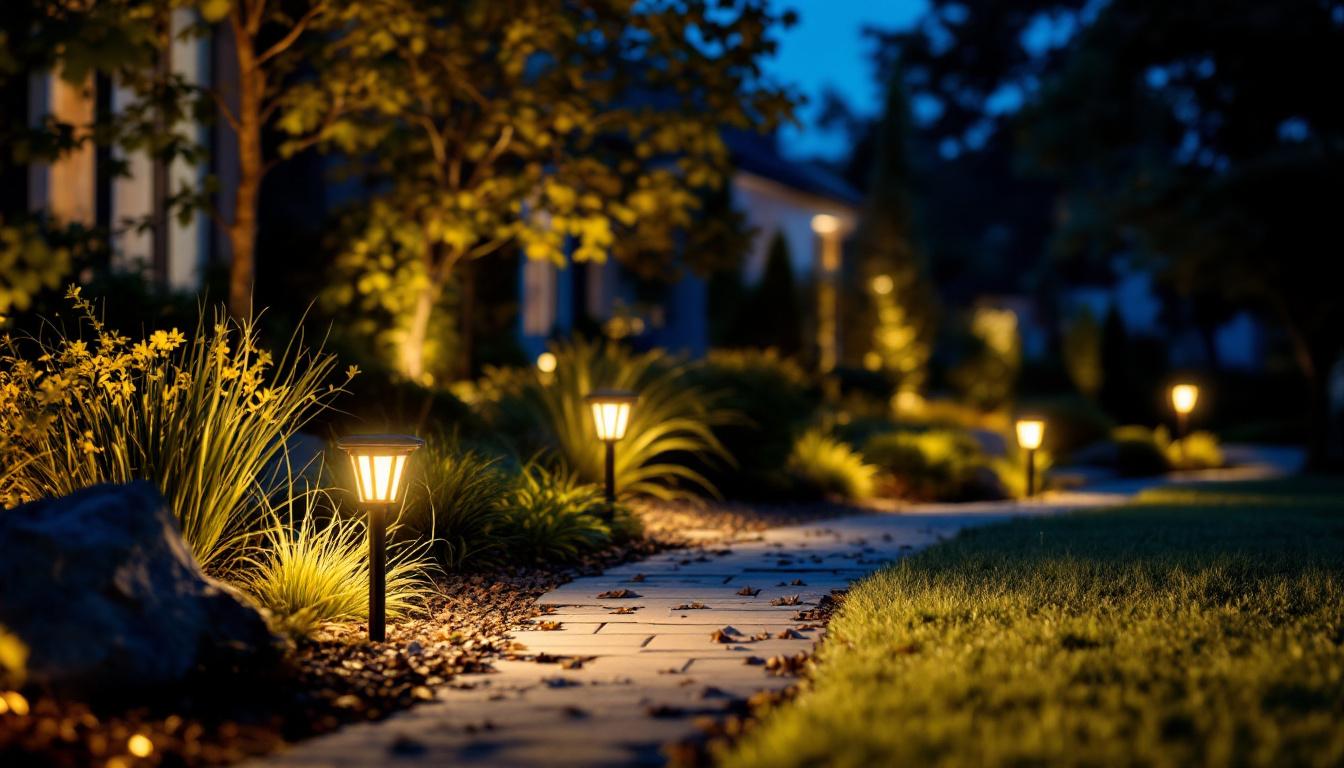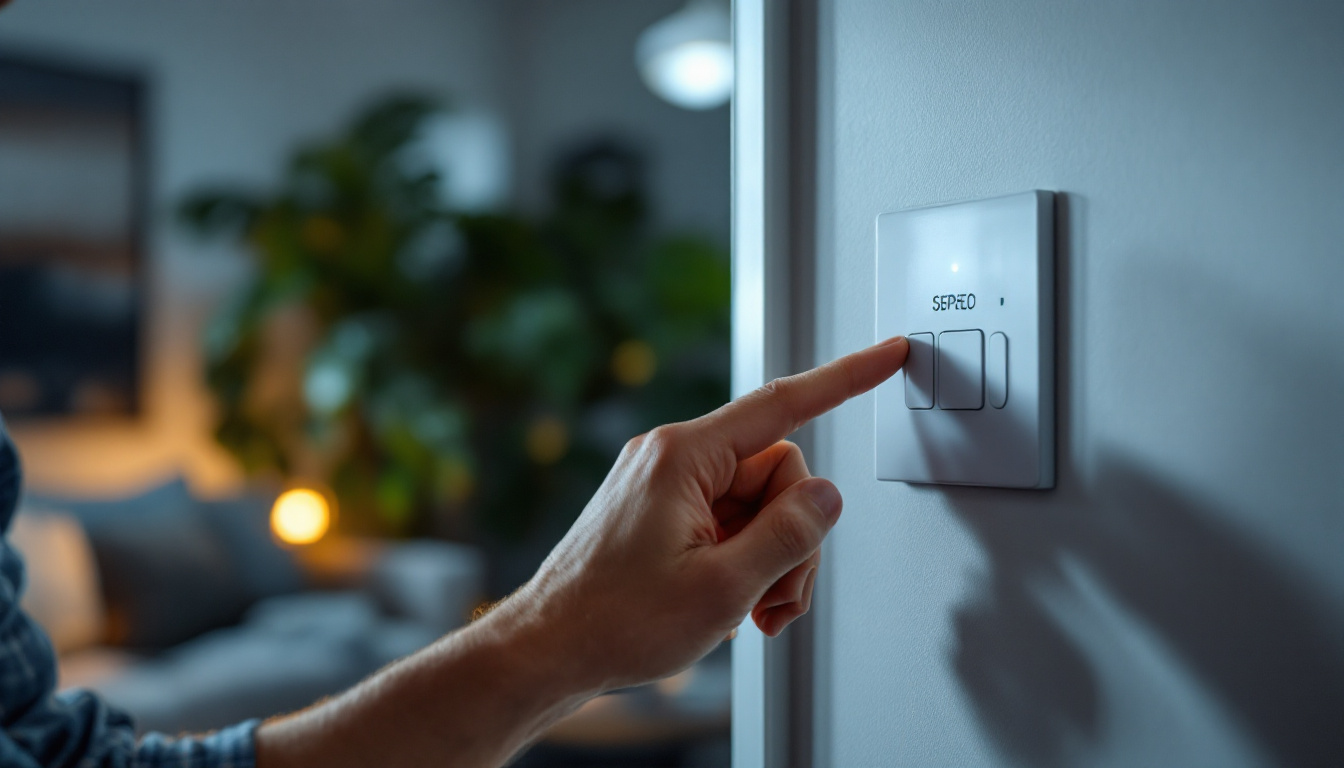
In the evolving landscape of industrial lighting, LED high bay lights have emerged as a preferred solution for warehouses, manufacturing facilities, and large retail spaces. Their energy efficiency, longevity, and superior light quality make them an excellent choice for contractors and facility managers alike. This article aims to provide valuable insights and practical advice for lighting contractors who are involved in the selection, installation, and maintenance of industrial LED high bay lighting systems.
LED high bay lights are designed for mounting heights of 15 feet or more, making them ideal for large indoor spaces. They provide bright, focused illumination, which is crucial for enhancing visibility and safety in industrial environments. Unlike traditional lighting solutions, LED technology offers numerous advantages, including reduced energy consumption and lower heat emissions. This efficiency not only contributes to a more sustainable operation but also helps to maintain a comfortable working environment by minimizing the heat generated in the space.
When selecting LED high bay lights, it is essential to consider several key features that can significantly impact performance and efficiency. These features include lumen output, color temperature, beam angle, and dimming capabilities. The beam angle, for instance, determines how light is distributed across the area; a wider beam angle is beneficial for illuminating expansive spaces, while a narrower beam can be used to highlight specific work zones or equipment.
Lumen output measures the total amount of visible light emitted by a source. For industrial applications, a higher lumen output is typically required to ensure adequate lighting levels. Color temperature, measured in Kelvin, affects the ambiance and functionality of the space. A cooler color temperature (5000K-6500K) is often preferred for work areas, as it mimics daylight and enhances visibility. Conversely, warmer temperatures (3000K-4000K) may be more suitable for areas where a softer, more inviting atmosphere is desired, such as break rooms or lounges.
The transition to LED high bay lighting offers numerous benefits for industrial facilities. One of the most significant advantages is energy efficiency. LED lights consume significantly less power than traditional metal halide or fluorescent fixtures, leading to substantial savings on energy bills. This reduction in energy consumption not only lowers operational costs but also decreases the carbon footprint of the facility, aligning with sustainability goals that many companies strive to achieve.
Moreover, LEDs have a longer lifespan, often exceeding 50,000 hours, which reduces the frequency of replacements and maintenance costs. Their durability also makes them less susceptible to breakage, which is particularly important in industrial settings where safety is a priority. Additionally, many LED high bay lights are designed with advanced thermal management systems that help maintain optimal performance and longevity, ensuring that the lights operate efficiently even in challenging environments. This reliability is crucial for maintaining productivity, as consistent lighting is essential for worker safety and operational efficiency.
Selecting the appropriate LED high bay fixture involves a careful assessment of the specific requirements of the space. Factors such as ceiling height, layout, and intended use must be taken into account to ensure optimal lighting performance.
The height of the ceiling plays a crucial role in determining the type of high bay fixture to use. For ceilings above 20 feet, high-output fixtures may be necessary to provide adequate illumination. Additionally, the layout of the space can influence the placement and spacing of fixtures. A well-planned layout ensures uniform light distribution and minimizes dark spots. It’s also important to consider the beam angle of the fixtures; a narrow beam may be suitable for high ceilings where light needs to be directed, while a wider beam can help illuminate larger areas more evenly.
Furthermore, the arrangement of fixtures should take into account any obstacles such as shelving units or machinery that could obstruct light paths. Utilizing lighting design software can aid in visualizing how different configurations will affect overall illumination, allowing for adjustments before installation. This proactive approach not only enhances the effectiveness of the lighting but can also lead to energy savings by ensuring that no areas are over-lit.
Different industrial applications have varying lighting needs. For instance, manufacturing facilities may require brighter lighting for detailed work, while warehouses may benefit from more ambient lighting. Conducting a lighting assessment can help identify the specific requirements and guide the selection of fixtures that meet those needs. It’s essential to consider not just the intensity of light but also the color temperature, as this can significantly impact visibility and worker comfort. Cooler temperatures (5000K and above) are often preferred in work environments for their ability to enhance focus and alertness, while warmer temperatures (3000K to 4000K) may be more suitable for areas where a softer ambiance is desired.
Moreover, energy efficiency and longevity are critical factors in the selection process. LED high bay fixtures are known for their low energy consumption and long lifespan, which can lead to substantial cost savings over time. However, it’s also important to evaluate the quality of the fixtures, including their lumen output and the materials used in construction. Investing in high-quality fixtures not only ensures better performance but also reduces the frequency of replacements, contributing to a more sustainable operation overall. By thoroughly understanding both the functional and aesthetic lighting needs, businesses can create an environment that enhances productivity while being mindful of energy use.
Proper installation of LED high bay lighting is essential for maximizing performance and ensuring safety. Lighting contractors should adhere to best practices to achieve optimal results.
Safety should always be a top priority during the installation process. Contractors must ensure that all electrical work complies with local codes and regulations. Using appropriate personal protective equipment (PPE) and following safety protocols can help prevent accidents and injuries.
Additionally, securing fixtures properly and ensuring they are mounted at the correct height will enhance safety and performance. Regular inspections post-installation can help identify any potential issues early on.
When installing LED high bay lights, attention must be paid to wiring and configuration. Proper wiring techniques can prevent electrical hazards and ensure that fixtures operate efficiently. It is also important to configure the lighting system to allow for future upgrades, such as integrating smart controls or dimming systems.
Using a lighting design software can assist in visualizing the placement of fixtures and determining the best configuration for the space. This can lead to more efficient installations and improved overall lighting quality.
Regular maintenance is crucial to the longevity and performance of LED high bay lighting systems. Lighting contractors should establish a maintenance schedule that includes inspections, cleaning, and testing of fixtures.
Conducting routine inspections allows contractors to identify potential issues before they escalate. This includes checking for loose connections, signs of wear, and ensuring that the fixtures are clean and free of dust and debris. A clean fixture not only improves light output but also extends the lifespan of the LEDs.
During inspections, it is also essential to verify that the lighting levels meet the required standards for the specific application. If lighting levels have diminished, it may be time to replace individual LEDs or the entire fixture.
Even with proper installation and maintenance, issues may arise with LED high bay lighting systems. Common problems include flickering lights, dimming, or complete fixture failure. Understanding the potential causes can help contractors troubleshoot effectively.
Flickering lights may indicate a loose connection or issues with the power supply. Dim lighting can result from dirt buildup or aging LEDs. In cases of complete failure, checking the driver or power source is essential. Having a systematic approach to troubleshooting can save time and reduce downtime for the facility.
As industries increasingly focus on sustainability, the energy efficiency of LED high bay lighting plays a pivotal role in reducing carbon footprints. Contractors can promote the environmental benefits of LED lighting to clients, emphasizing the long-term savings and reduced environmental impact.
Many regions offer incentives and rebates for businesses that invest in energy-efficient lighting solutions. Contractors should stay informed about available programs and help clients navigate the application process. Taking advantage of these incentives can make the transition to LED lighting more financially feasible for businesses.
Additionally, educating clients on the long-term savings associated with reduced energy consumption and maintenance costs can further encourage the adoption of LED high bay lighting solutions.
Lighting contractors can also play a role in promoting sustainable practices beyond just the installation of energy-efficient fixtures. Encouraging clients to adopt smart lighting controls, such as occupancy sensors and timers, can further enhance energy savings. These technologies allow for lighting to be used only when necessary, reducing waste and contributing to a more sustainable operation.
The landscape of industrial lighting is continuously evolving, with new technologies and trends emerging regularly. Staying informed about these developments is crucial for lighting contractors to remain competitive and provide the best solutions for their clients.
One of the most significant trends in industrial lighting is the integration of smart technologies. Smart lighting systems allow for remote monitoring and control, enabling facility managers to adjust lighting levels based on occupancy and natural light availability. This not only enhances energy efficiency but also improves the overall working environment.
Contractors should familiarize themselves with these technologies and consider how they can be integrated into existing systems. Offering smart lighting solutions can set contractors apart in a competitive market.
As LED technology continues to advance, new products with improved efficiency and performance are regularly introduced. Contractors should keep abreast of these advancements to offer clients the latest and most effective solutions. Innovations such as tunable white LEDs, which allow for adjustable color temperatures, can enhance the versatility of high bay lighting systems.
Additionally, advancements in thermal management and driver technology can lead to longer-lasting and more reliable fixtures, further enhancing the appeal of LED high bay lights.
In conclusion, industrial LED high bay lighting presents a myriad of opportunities for lighting contractors. By understanding the key features, installation best practices, and maintenance requirements, contractors can provide superior solutions that meet the diverse needs of industrial clients. As the industry continues to evolve, staying informed about emerging trends and technologies will be essential for maintaining a competitive edge.
By prioritizing energy efficiency and sustainability, contractors can not only improve the lighting quality of industrial spaces but also contribute to a more sustainable future. Embracing these insights will empower lighting contractors to excel in their projects and deliver exceptional value to their clients.
Ready to elevate your lighting projects with the highest quality LED high bay lights? Look no further than LumenWholesale, where we provide contractors with spec-grade lighting products at unbeatable wholesale prices. Say goodbye to inflated markups and hello to superior lighting solutions that meet the highest industry standards. With our hassle-free bulk buying options and free shipping, you can trust that you’re getting the best value without any hidden fees. Don’t compromise on quality or cost. Visit LumenWholesale now to experience the perfect blend of quality, affordability, and convenience for all your lighting needs.

Discover the essential best practices for installing solar-powered flood lighting with insights tailored for lighting contractors.

Discover essential tips and expert advice in “Wire Lighting: Avoiding Pitfalls, A Lighting Contractor’s Guide.” Learn how to navigate common challenges, enhance safety, and ensure flawless installations for stunning lighting projects.

Discover the essential insights lighting contractors need to master fan speed control switches.

Discover the essential advantages of lighting ballasts for contractors in this insightful article.